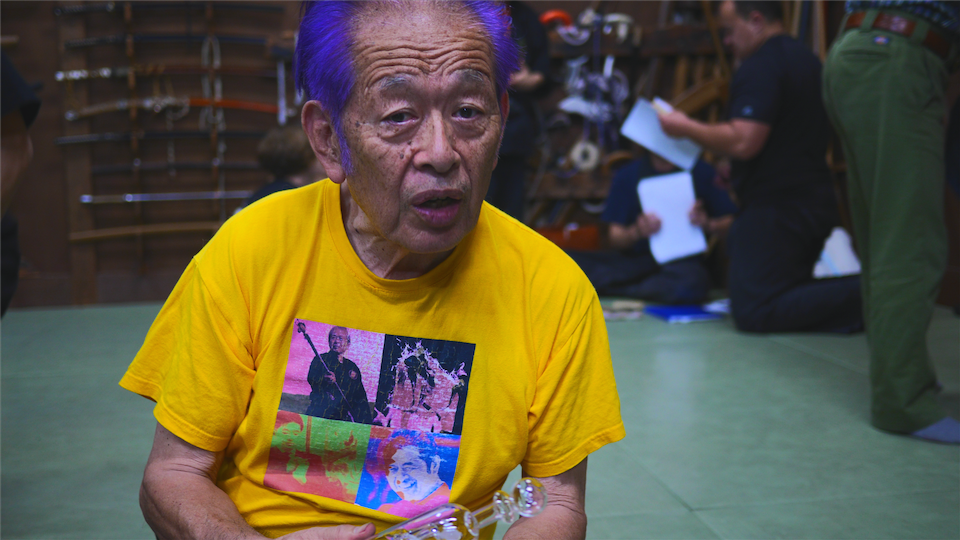From Bujinkan Santa Monica by Michael Glenn
 |
| Vending Machines, Matsudo photo by Michael Glenn |
She had gotten into a fight with another woman who clawed her face. The scars were deep, and never went away. She never smiled the same after that. This sad story demonstrates the raw savage power of 蝦蛄拳 shako ken
Hatsumi Sensei taught us some secrets hidden within shako ken in a recent Friday night class at the Bujinkan Hombu dojo. He showed us how to use it not just to attack directly, but to shape kukan.
He held the claw up like 刀匿礮姿 tōtoku hyōshi in the space. Most of us can understand the obvious shape that brings to the kukan. The hand and arm project out from one side toward the attacker and you pivot around it as a shield. That is a very important detail that many people have yet to learn. But I email everything I learn first, so get your email here
But Soke was not teaching only about shielding. He kept trying to get us to understand a deeper, more hidden strategy. One that he has tried to teach for years.
Hatsumi Sensei use the word 片方 katahou. This is a way of shaping the kukan to one side or the other depending on the needs of the moment. Sensei said you should,
“Create Distance with one side and then take the other. There’s no need to create technique or throw the opponent. Because you have created the correct distance. Remember this waza of the kukan.”Anyone who has trained much with Hatsumi Sensei will recognize this strategy. He often influences one side of the body to affect the other. And it usually is the opposite from whatever surface technique we might be studying in that moment.
That same night, I think Hatsumi Sensei could tell that I wasn't getting it. He told me,
"I've been teaching this kind of kurai dori for 42 years. Whether only in this fight, or in any of the seasons, I move with that time."To drive home this point he demonstrated on me, and he said,
"There are many ways of holding this. You don't need to grab. You don't need to throw. 空間を梃子 kukan wo teko you use the lever of the kukan. Take it right here. Bring your shoulder down. It's not with the intention of throwing."During the class break, Hatsumi Sensei painted a picture for me of a beautiful woman with long hair covering one side of her face as she looks back at me over her shoulder. When I look back through my memory, I think of my friend and the way her smile became more wistful and hesitant after the damage to her face.

